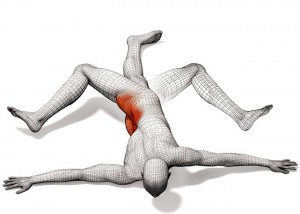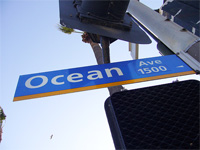 What is the perfect running form? An article from RunnersWorld.com gives us a few pointers because every little thing affects our running form. Where is your head tilted? How do you sway your arms? Are your shoulders relaxed? Is your stride too long? I remember my first season in Team In Training my running form was so bad, I was aching everywhere! I would get shin splints so easily, and my shoulders were so sore. I made a few adjustments, to my stride, and payed attention to my upper body motion, and eventually, it fixed itself. It may not be as easy as it sounds, but be a little patient and make adjustments on each of your runs. Your body will adapt. For best results though, there are some training centers out there that will record your running form and recommend adjustments. I haven’t tried it myself, but close running friends of mine highly suggest it.
What is the perfect running form? An article from RunnersWorld.com gives us a few pointers because every little thing affects our running form. Where is your head tilted? How do you sway your arms? Are your shoulders relaxed? Is your stride too long? I remember my first season in Team In Training my running form was so bad, I was aching everywhere! I would get shin splints so easily, and my shoulders were so sore. I made a few adjustments, to my stride, and payed attention to my upper body motion, and eventually, it fixed itself. It may not be as easy as it sounds, but be a little patient and make adjustments on each of your runs. Your body will adapt. For best results though, there are some training centers out there that will record your running form and recommend adjustments. I haven’t tried it myself, but close running friends of mine highly suggest it.
Read The Perfect Form on Runner’s World.



 Week 8 Sunday Run: I missed last Sunday’s run due to Easter in San Diego with the family, so the last time I did a long run was two weeks ago. Boy, time surely flies. I can’t believe it’s week 8 already. Today’s scheduled run was 8 miles. It was our usual course, from Shutters, to the end of Venice, back north to San Vicente, then back to the parking lot where we meet.
Week 8 Sunday Run: I missed last Sunday’s run due to Easter in San Diego with the family, so the last time I did a long run was two weeks ago. Boy, time surely flies. I can’t believe it’s week 8 already. Today’s scheduled run was 8 miles. It was our usual course, from Shutters, to the end of Venice, back north to San Vicente, then back to the parking lot where we meet. 